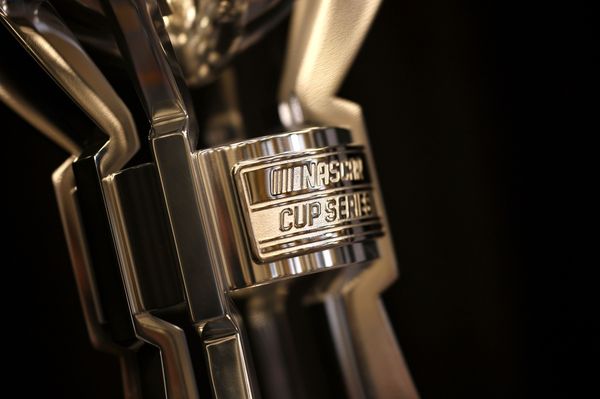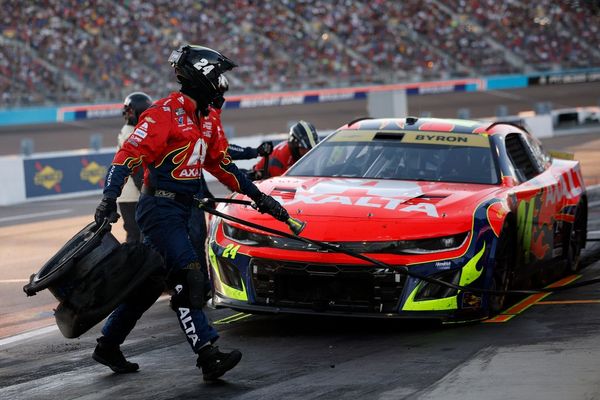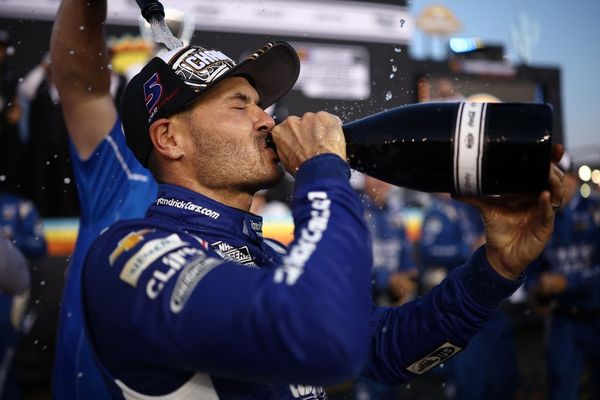
An alliance of the world’s largest companies is trying to prove that smart design can tackle the trickiest problems around the globe.
The membership of Design for Good, launched in 2022, includes household names like PepsiCo, Microsoft, General Mills, Nestle, LIXIL, and DBS. Designers in cross-company teams—including some who may compete against each other in their day jobs—work together for months designing new products and services for at-risk populations across the globe.
Ben Sheppard, Design for Good’s co-founder and chair, shared the alliance’s “secret history” at Fortune’s Brainstorm Design conference in Macau on Dec. 5.
Sheppard, formerly responsible for design research at the consulting firm McKinsey, described how many of the world’s top design officers felt they were “guilty of bringing together hundreds of designers, locking them in a room for a couple days, force feeding them pizza, and telling them [that they] can make the world a better place,” he said.
“In hindsight, a lot of that was design theater,” he admitted. “It didn’t actually make the world better.”
That discomfort pushed Sheppard to bring together his peers and create Design for Good, an alliance that would more effectively apply designers to social issues.
Chief design officers eagerly jumped at the opportunity to put the organization together. “We want in,” Sheppard remembered them saying. “We have to hit quarterly earnings, but damn that, we have to do something. This is too important not to invest the time.”
How Design for Good works
Design for Good is guided by a few key principles.
First, the alliance partners with development organizations on the ground, who provide the design briefs to the Design for Good teams.
Second, the alliance needs as many member companies as possible to ensure the widest possible pool of talent. Then, companies need to give their designers enough time to be coached in the skills needed to design for at-risk communities.
Then, whatever emerges from Design for Good’s two-year program is offered for free, allowing organizations and societies to use the designs for themselves.
And, finally, the alliance would ensure that designers have the time to put their ideas into practice in the real world: “Two years, not two days,” in Sheppard’s words.
Washing your hands
Design for Good focused its first, two-year program on the sixth United Nations Sustainable Development Goal: Clean water and sanitation for all.
The UN could use the help. Progress towards the SDGs doesn’t make for “rosy reading,” Sheppard said, with several metrics “actively worse now” than when the goals were introduced in 2015.
At Brainstorm Design, Sheppard highlighted a few of the projects created by Design for Good’s teams.

One such project is “Project Bu,” developed in partnership with the WASH Foundation, an NGO focused on hand hygiene. The animated flipbook demonstrates how to properly wash one’s hands; it features no written instructions, allowing it to be used by different cultures without any adaptation or translation.
At Brainstorm Design, Sheppard claimed that the flipbook, nominated for a Cannes Lion Award earlier this year, is on track to educate 120,000 children on handwashing techniques in Uganda and the Dominican Republic.
Open-source
Teman Evans, General Mills’ global head of design, said on Dec. 5 that he was drawn to Design for Good due to its decision to offer designs for free. He pointed to General Mills’ earlier decision to offer life-saving technology to its competitors as precedent.
In 1878, a massive explosion at a General Mills facility in Minneapolis leveled five other mills and set several city blocks ablaze. When founder Cadwallader C. Washburn was shown a device that would prevent similar explosions from happening, he ensured that the same technology was shared with his competitors.

“We could have kept that as a competitive advantage, but we decided to open source it and share it with our competitors so we can lift all boats” Evans said.
The General Mills designer admitted that having his team work with competitors like PepsiCo does “raise the eyebrows of corporate comms.” But “what we do in terms of saving the lives of the next generation of children” makes the teamwork worth it.
What happens next?
Design For Good gave itself more limited ambitions for its pilot two-year program, capping involvement to just ten member companies. “The idea is that we learn what works, what doesn’t work, then we will scale from there,” Sheppard said at Brainstorm Design.
But he expressed hopes that Design for Good will operate “at an extraordinary scale,” with tens of thousands of designers improving “tens of millions of lives,” by the end of the decade.
The next step in the process? Design for Good’s second two-year program, focused on SDG No. 4: Quality education for all.







